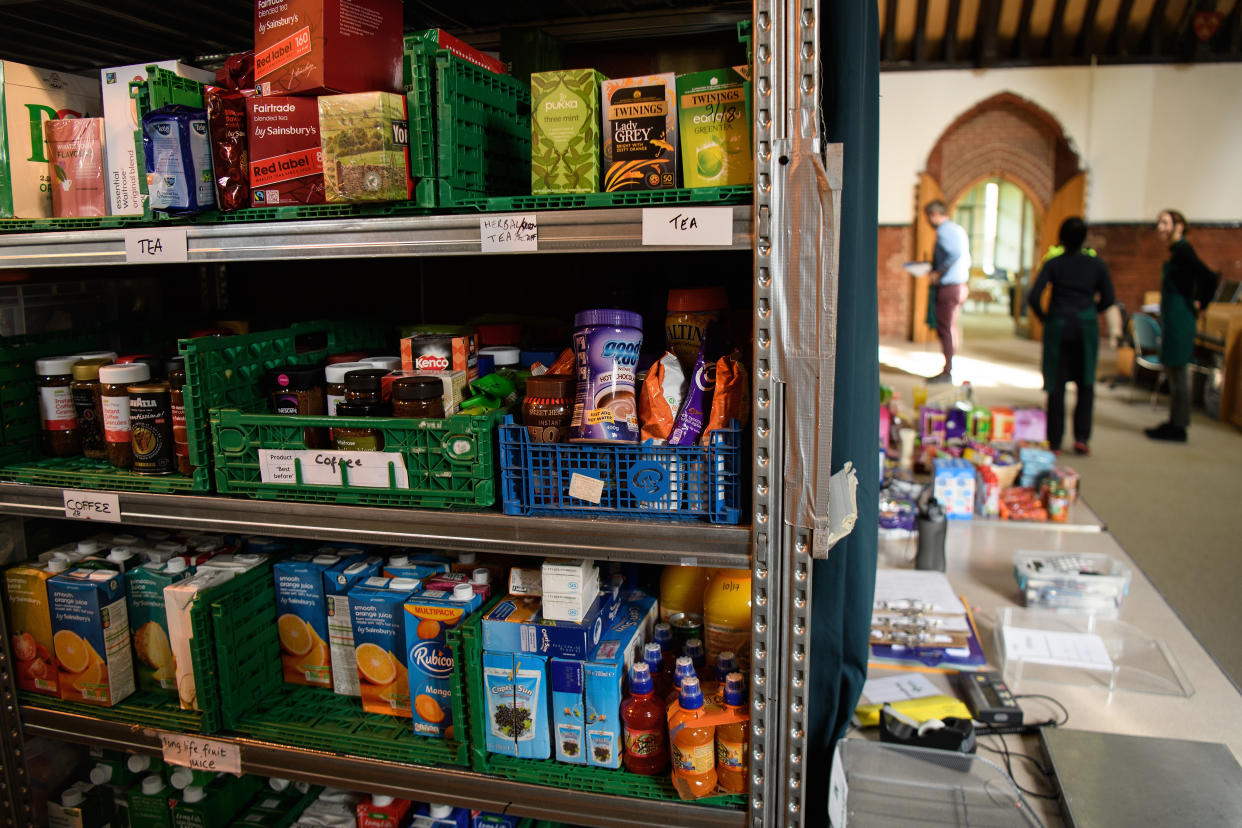Too many Americans don’t have access to healthy food, and it’s a massive problem
While the holiday season is often a time for reflection and gratitude, it can also be a reminder that far too many individuals lack basic resources. Since the winter season tends to be all about eating, it is an appropriate time to talk about more than just how to eat better, but the fact that many people right here in America don’t have access to healthy food. It’s a problem that none of us can justify ignoring, no matter how big and terrifying it is.
For being one of the richest countries in the world, America also maintains the infamy of being one the countries with the most dramatic income inequality, both in terms of wealth and access to resources. Considering the shockingly unbalanced distribution of our country’s substantial wealth, it’s no wonder that food insecurity is a troubling reality for far too many individuals.
According to
Hunger and Health, food insecurity “refers to a lack of available financial resources for food at the level of the household.”
Those who lack access to healthy food often have several overlapping obstacles that go beyond just food insecurity: Since low-income families and individuals often have to deal with lack of affordable and stable housing and underemployment or unemployment.
“Food deserts” — geographic areas where access to affordable, healthy food options is limited or nonexistent — are also very real. About 23.5 million people in America live in what can be considered a food desert, according to DoSomething.org. When factors like gentrification come into play, residents can be pushed farther away from grocery stores, left with only prohibitively expensive chains like Whole Foods.
All of this leaves many people who are already struggling to make ends meet no choice but to get fewer groceries for their money because of expensive chains or because neighborhood grocery stores often charge exorbitant prices for fresh foods like fruits and vegetables.
A post shared by The inEquality G. A. P (@inequality_gap) on Sep 28, 2017 at 4:40pm PDT
The face of those who are food insecure has also changed in recent years, with more unassuming groups of people like college students experiencing hunger. Higher education institutions have long been touted as the path to financial wellness, but food access is a growing problem in many of these hallowed halls. As a survey conducted by researchers at the University of Wisconsin in March of this year found that out of 33,000 students across 70 community colleges found that two-thirds of the students surveyed reporting experiencing food insecurity.
There is also a drastic difference in the percentages of those affected by food insecurity based on race, with Black and non-Hispanic households having a rate of 9.7 % low food insecurity in 2016, according to the USDA. Statistics reported by the USDA also show higher rates of food insecurity in Southern states.
So what’s the solution?
Much of the conversation around nutrition and food access in America needs to start with eliminating some of the stigmas that surround those who are food insecure or that imply poor lifestyle choices or laziness are a cause. There are certainly demographics that are disproportionately susceptible to hunger, but that’s through no fault of their own, and truly, no one is immune to experiencing food insecurity at some point. And even more will struggle with access to truly healthy food.
While we wait for tragically underfunded government programs to stop suffering under attacks on welfare that inhibit those who are the most vulnerable from living secure lives, the next step is to start with donating your time and resources or volunteering with organizations that offer food aid to families and individuals. In the meantime, there are also resources for how to make groceries stretch into more meals and where to find food pantries in your area if you’re interested in donating or helping out.


